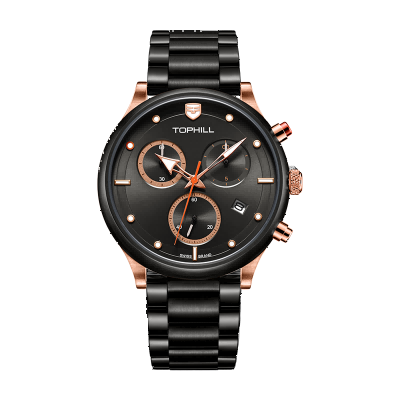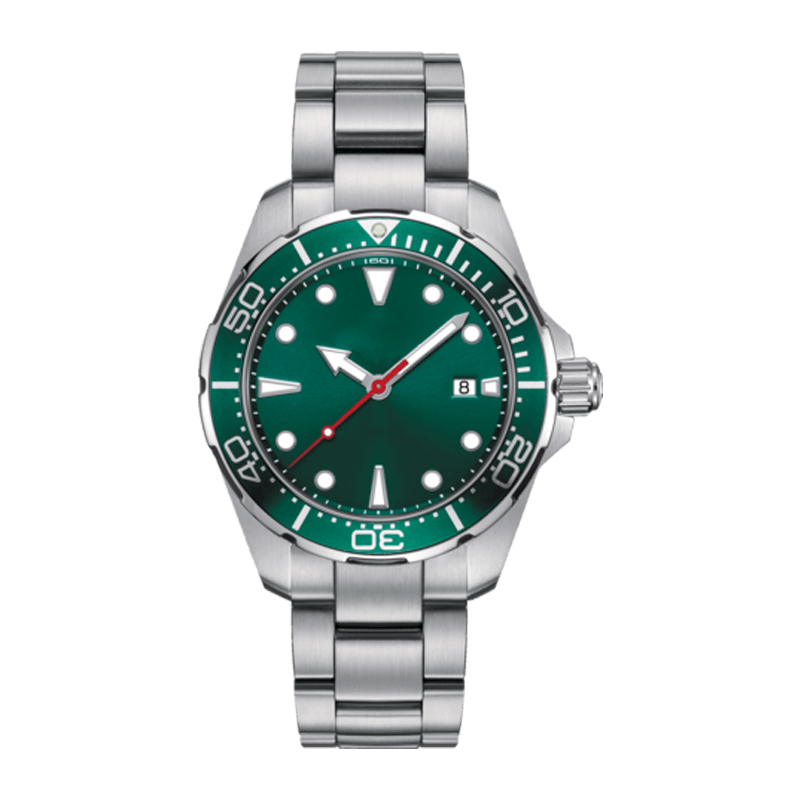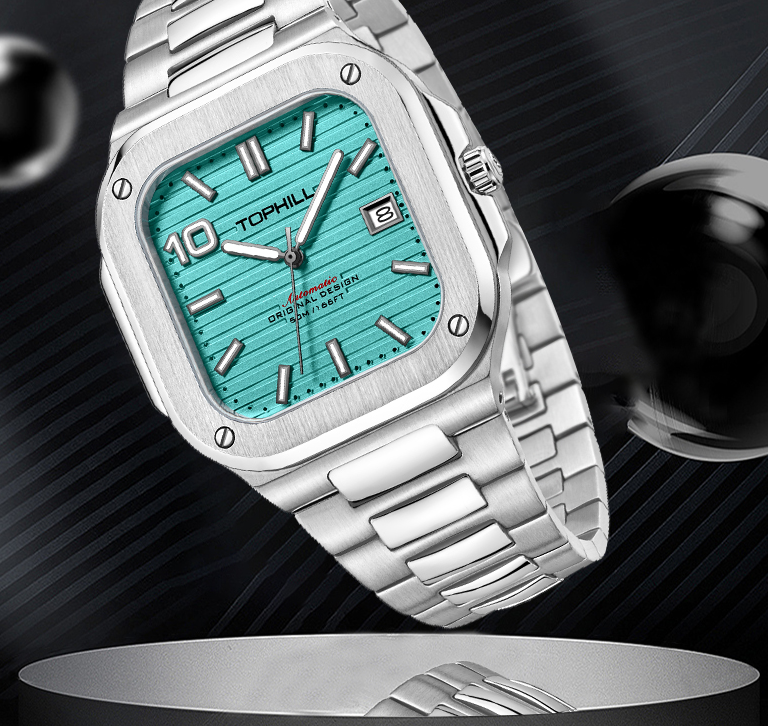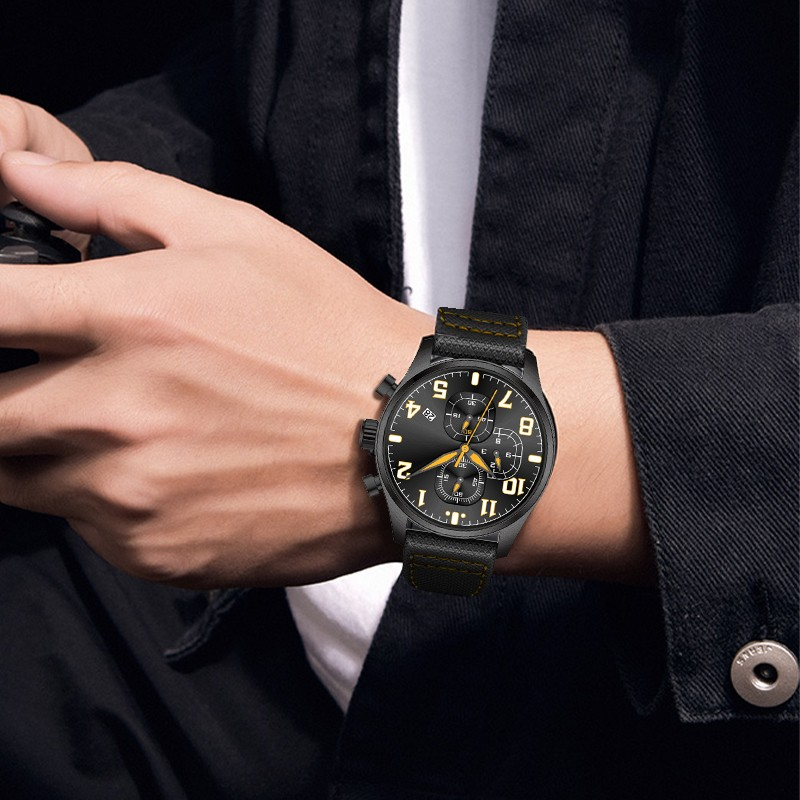Setting a mechanical watch correctly is crucial to ensure its accurate functioning. However, many watch owners wonder if it is possible to set their mechanical timepieces backwards without causing any damage. In this article, we will explore the consequences of setting a mechanical watch backwards.
Mechanical watches rely on a complex system of gears, springs, and other intricate components to keep time. Unlike quartz watches that use an electronic oscillator, mechanical watches operate through the manual winding of a mainspring that powers the timekeeping mechanism. The rotation of the mainspring releases energy, which is regulated by a balance wheel to ensure the accuracy of the watch.
Setting a mechanical watch backwards can have several negative consequences. The reversing of the gears and springs can cause the mainspring to unwind unevenly and put excessive strain on the movement. This strain may lead to issues such as decreased accuracy, erratic timekeeping, or even complete stoppage of the watch.
When a mechanical watch is set backwards, the delicate gears that regulate the timekeeping mechanism may become misaligned or damaged. The sudden change in direction can cause the gears to skip, slip, or jam, affecting the watch's ability to keep accurate time. Additionally, the reversing of the mainspring can lead to a loss of power reserve and affect the overall performance of the watch.

Changing the time or date on a mechanical watch should always be done in a forward direction. Most modern mechanical watches have features that allow for easy time and date adjustments without causing any harm to the movement. However, setting the time or date backwards can disrupt the intricate mechanisms responsible for these functions and may require professional servicing to correct the issue.
If a mechanical watch has been set backwards and is experiencing issues, it is recommended to take it to a professional watchmaker or service center. They have the expertise and tools needed to diagnose and repair any damage caused by setting the watch in the wrong direction. Regular servicing of mechanical watches is also essential to maintain their accuracy and longevity.
To ensure the optimal performance of a mechanical watch, it is important to handle and set it with care. Always follow the manufacturer's instructions for setting time and date functions, and avoid forcefully turning the hands or adjusting the crown in the wrong direction. Regularly winding the watch and having it serviced by professionals will help to prevent any complications or damage caused by improper use.
In conclusion, setting a mechanical watch backwards can have detrimental effects on its accuracy and overall function. The delicate and intricate components of mechanical watches are designed to operate in a specific direction, and reversing this direction can lead to misalignment, damage, and decreased performance. It is essential to handle and set mechanical watches with care, following the recommended instructions, and seeking professional assistance when necessary to ensure their longevity and accuracy.
Tags: Custom mechanical watch Mechanical watch brands brand mechanical manufacturer
 Tired of Leakage Issues? Can a Professio
Tired of Leakage Issues? Can a Professio
 What Are the 5 Key Features to Inspect B
What Are the 5 Key Features to Inspect B
 How to Clean Stainless Steel Bands: A De
How to Clean Stainless Steel Bands: A De
 How Does a Seiko Stainless Steel Watch C
How Does a Seiko Stainless Steel Watch C
Super Time